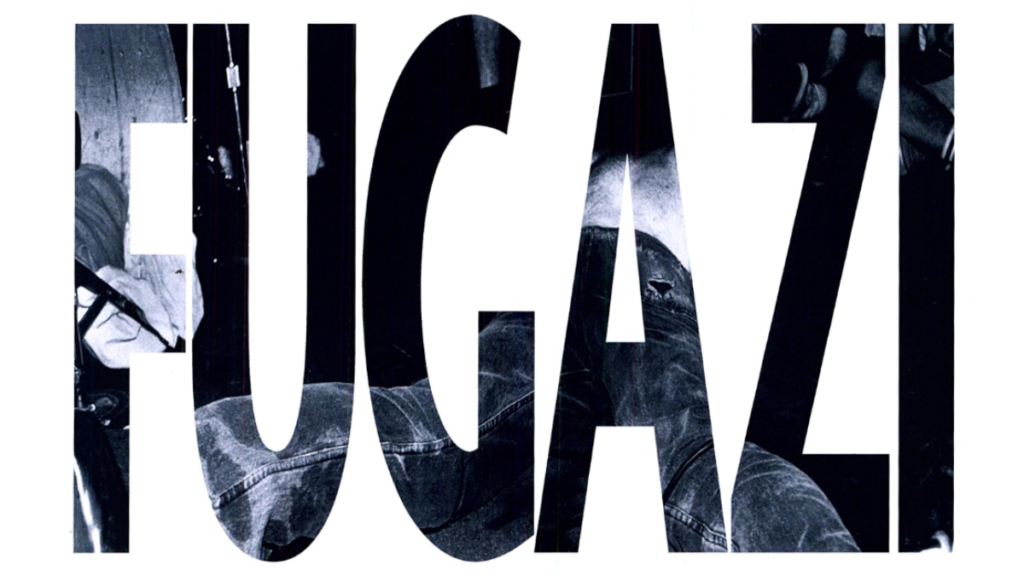This weekend, you have your chance to own some stunning photo documentation from the lens of Pat Graham. We have two prints of legendary Washington DC band Fugazi playing at the Washington Monument in 1993, and both are signed by Graham.
It was on an early August day in 1993 when Fugazi played the Sylvan Theater on the grounds of the Washington Monument. The show was free and a reported 5,000 people showed up. The band – who never played with a set list – performed a total of 31 songs that day. Audio from the performance is online and some footage from it was featured in Jem Cohen’s Instrument documentary. (The band returned to the Sylvan Theater for another show in September of 1995.)
Graham frequently shot the band, and a collection of his photos were in his second book, Instrument.
To understand the importance of Fugazi, they were an incredible band paired with an inspiring sense of independence from the standards of the music industry. Their values were rather simple: do things their own way and don’t do things they don’t want to do. They did not sell T-shirts with the band’s name, they only played all-ages shows, they would stop playing mid-song if the crowd got violent, and they charged only $5 for admission for most of their career as a touring band.
The band’s ethics were a breath of the fresh air. It was a genuine alternative to what was peddled as alternative rock to the masses by major record labels and the concert industry during a major label gold rush. In the post-Nevermind years, when practically every rock band that didn’t play hair metal (and could fill CBGB’s in New York) was pursued by a major label, Fugazi thrived on their own. They weren’t reacting or acting out of spite to the ways of the music industry. They were using action, not too dissimilar than putting on a jacket if it’s cold outside or carrying an umbrella if it’s raining.
Co-frontman Ian MacKaye released Fugazi recordings through his own label, Dischord, with his longtime friend and former bandmate, Jeff Nelson. They saw Dischord as a way of documenting the sounds of their bands and other area bands. They wanted people around the globe to do the same with the bands from their own areas. That inspired thousands to do the same.
And it also helped that Fugazi had a sound unlike anyone else out there. Inspired by Washington DC go-go music, soul music, garage rock, and reggae, the band was nothing like the music from their past. MacKaye sang for American hardcore legends Minor Threat while vocalist/guitarist Guy Picciotto and drummer Brendan Canty played in Rites of Spring, a band frequently cited as one of the pioneers of the post-hardcore/emo-core style.
Fugazi had released two EPs (later compiled together as 13 Songs) and three albums (Repeater, Steady Diet of Nothing, and In On the Kill Taker) by the time they played a free show at the Washington Monument, celebrating the 30th anniversary of Martin Luther King Jr’s march. The images of MacKaye, with his primary Gibson SG in the foreground with the Washington Monument in the background is breathtaking. And Picciotto, ever the loose and chaotic performer, hunched over with his Rickenbacker is a captivating pose.
While Fugazi never officially broke up, they ceased touring in the early 2000s. The band members still get together for closed-door jams and remain close friends. Fugazi was way more than a band. To echo what MacKaye has said many times, Fugazi is a statement. Documentation of that statement is one to admire and be inspired by even to this day.
